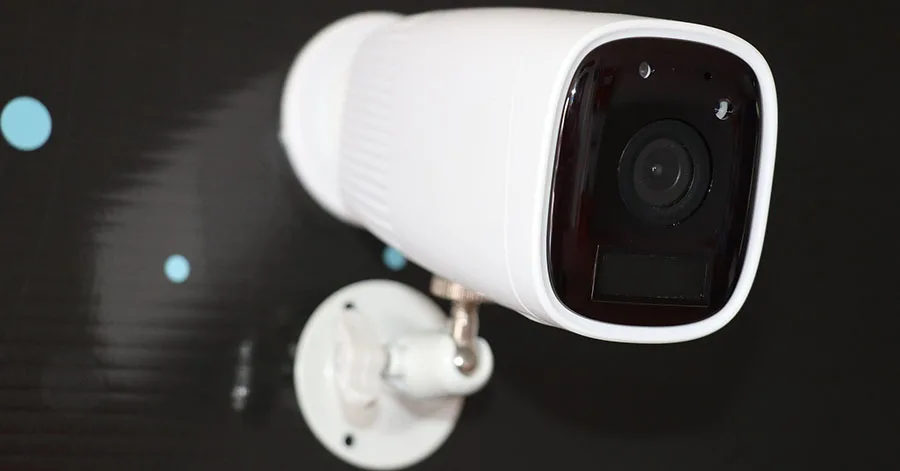If you are the owner of a security camera or a system of security cameras, chances are you’ve experienced some moments of lagging with your video feed. No matter the type of camera that you have, lagging is bound to happen at some time or another. Cameras use sophisticated technology in which rapid processes occur to capture and process video before sending it to be stored. During these steps, there are many chances for slight delays.
Security cameras can lag or experience latency due to the speed of the decoding and encoding process, the data’s travel time over the network, and the time it takes for the feed to be accessed and displayed on a screen.
If a lagging security camera is something that you’re experiencing, you’re not alone. Thankfully, there are a number of paths to take if you’re running into latency issues when using your home security system. It’s important to understand why the problem occurs in the first place, that way you’re more informed to make a better decision.
Why Security Cameras Lag

In order to understand why security cameras lag, it is first necessary for you to understand the steps a video signal goes through. The first step, taking place at the camera, is the capture of the video. Once the image is captured by the lens of the camera, it must then be encoded to create a data stream (think MPEG, MJPEG, etc). This process usually takes place inside the camera.
Depending on the power of the camera, encoding can take place at different speeds. The slower the encoding process, the more latency you will experience in your video feed. This type of latency is caused by the camera. Once the video is encoded, it is separated into tiny segments called packets. These packets then travel along the network stream and are put back together when they get to their destination.
As these little packets of information are formed, travel, and are reassembled, there are many additional chances for delays, potentially causing latency in the system. This type of latency is caused by the network. And when the encoded video has arrived at its final destination, in the correct order and properly reassembled, it must be decoded into its original video format so that it can be viewed on a display screen.
Just as with the encoding step, the power of the processor doing the encoding or decoding directly impacts the speed. A slower processing speed means the possibility of more latency at the receiver. Lastly, once this information is properly decoded, the video must travel to the display so you can view it. Even though LCD screens are the best out there, they can also introduce latency into your security system.
As you can see, there are several points at which lag can occur as the video is transmitted. Typically, a lag time of 1-4 seconds is normal and can be expected. However, there are some things you can do to try and minimize this as much as possible and fix video lag.
Troubleshooting and Fixing Common Causes of Video Lag
If your video lag is too long and you’re looking to fix it, there are a few things you can do to troubleshoot the issue. While it is much more difficult to pinpoint the specific cause of latency, there are a number of steps you can take to try and solve the problem. You can check your network speed, adjust the camera’s video quality, and consult the cameras manual for more direction on improving quality.
Check Your Internet Speed
The first thing you can do if you are experiencing latency is to check the speed of your internet. Sometimes, your internet connection can be slow or spotty. You can perform a test on your internet to see the exact speed at which it is performing. At a very minimum, you need an internet that is running at 128 Mbps or faster. If your test shows lower speeds than this, consider upgrading your internet speed through your provider.
Reduce Your Camera’s Resolution and Brightness
If you don’t need crystal clear images for your video feedback, you can reduce the resolution at which your camera operates. Using a resolution that is too high can add latency to your system. Additionally, you can lower the brightness of the camera which will help to reduce latency. You can make these adjustments in the settings menu of the camera, or sometimes on your computer or smartphone, depending on how “smart” the camera is.
Check Your User Manual For Other Options
If neither of these troubleshooting options are helping, access the user manual for your security camera. Most manuals will include specific information on how to reduce latency in their camera. Each camera is different, so follow the steps the manual describes in order to improve lagging. If you cannot find your owner’s manual, head to the company’s website. You can typically download the user manual for products online and refer to it there.
